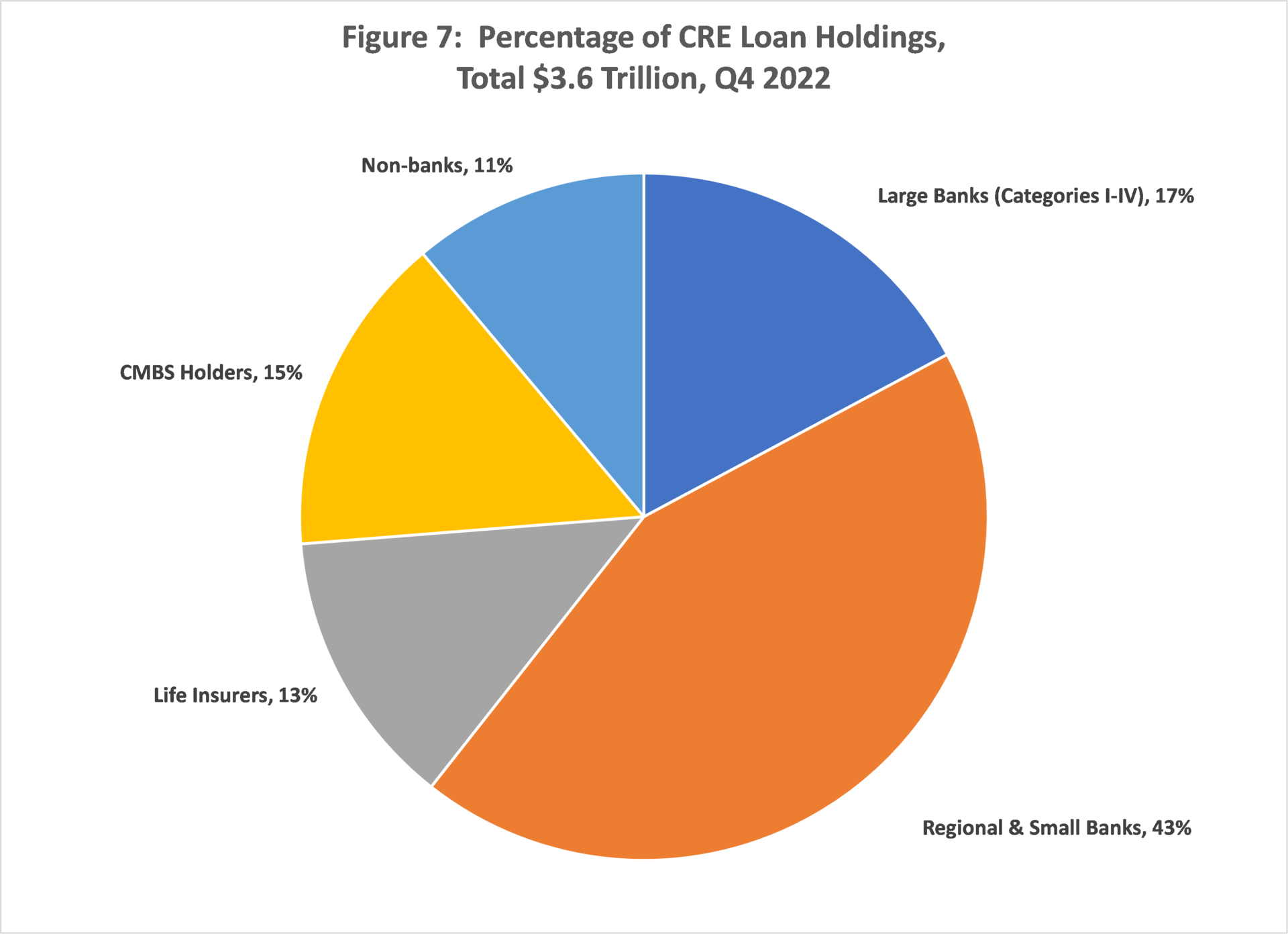trending
neon
Cirque du Soleil offers summer ticket deals
dining out
Celebs ditch the Strip for iconic Henderson restaurant
july 
trending
neon
Cirque du Soleil offers summer ticket deals
dining out
Celebs ditch the Strip for iconic Henderson restaurant
july 

U.S. banking regulations play a critical role in shaping investment decisions. This article explores how changes in banking rules influence market behavior, investor confidence, and capital flow




In the United States, banking regulations have a profound effect on investment decisions. These regulations, established by government agencies and banking authorities, aim to maintain the stability of the financial system, protect investors, and ensure fair market practices. By shaping investor confidence, capital flow, and financial institution behavior, these policies are instrumental in influencing investment strategies across all sectors.
This article delves into how U.S. banking regulations influence investment decisions, from Federal Reserve policies to banking reforms, and examines the consequences for individual and institutional investors.
The Federal Reserve, or the central bank of the United States, plays a central role in banking regulations and financial stability. Its monetary policies, including interest rate adjustments and quantitative easing, directly affect market conditions and investor behavior.
Through its policies, the Federal Reserve can significantly shape the economic environment in which investments are made. Investors closely monitor Fed actions, as they provide important signals about future market trends and investment opportunities.
U.S. banking regulations set minimum capital requirements for financial institutions, ensuring that they maintain enough reserves to withstand economic shocks and protect depositors. These requirements affect how banks engage in lending and investment activities, directly impacting investor confidence.
As capital regulations become more stringent, investors must adjust their strategies, especially in financial sectors and emerging markets, where access to capital is crucial.
U.S. banking regulations require financial institutions to establish robust risk management frameworks to protect against credit risk, market risk, and operational risk. These regulations not only help safeguard the stability of banks but also influence investor behavior and market trends.
By imposing strict risk management regulations, banking authorities shape how banks approach lending and investment, directly affecting the flow of capital and influencing the investment decisions of institutional and individual investors.
Banking regulations also govern mergers and acquisitions (M&A) within the financial sector. Regulatory approval is often required before banks can merge or acquire other institutions, which can significantly affect the overall landscape of financial markets.
M&A regulations in the banking sector can significantly alter the competitive landscape, influencing investor decisions based on market concentration, available capital, and regulatory changes.
Banking regulations also affect the products offered by financial institutions, which in turn impacts investment markets. Regulations governing interest rates, fees, and financial products can influence how investors approach different asset classes and investment strategies.
U.S. banking regulations play a critical role in shaping investment decisions. This article explores how changes in banking rules influence market behavior, investor confidence, and capital flow
the latest

SBA Lending Programs in the Spotlight for Small Business Growth
The Small Business Administration (SBA) has highlighted its lending programs as key drivers for small business growth. These programs, including the 7(a) loan and 504 loan, provide crucial funding to entrepreneurs, especially those from underrepresented communities.

Treasury Department Announces New Banking Policies for Foreign Investors
The U.S. Treasury Department has unveiled new banking policies aimed at regulating foreign investments. These policies are designed to enhance national security and ensure that foreign investors comply with stricter guidelines when investing in key industries.

Major Banks Face Scrutiny Over Lending Practices Post-Pandemic
Major banks are facing increased scrutiny over their lending practices following the pandemic. Regulators are investigating whether certain loan policies and interest rates disproportionately affected certain communities, leading to concerns about discriminatory lending and financial stability

Bank of America Launches Green Investment Fund
Bank of America has launched a new green investment fund, aimed at supporting sustainable projects and environmentally-conscious initiatives. The fund will focus on financing renewable energy, green infrastructure, and eco-friendly technologies to help accelerate the transition to a low-carbon economy

Rising Mortgage Rates Impacting Homebuyers & Lenders
The sharp increase in mortgage rates has begun to significantly impact both homebuyers and lenders. With higher interest rates, potential buyers are facing affordability challenges, while lenders are grappling with lower loan demand and increased risk in the housing marke

Banks Explore AI for Fraud Prevention & Customer Service
Banks are increasingly adopting AI-driven technologies to combat fraud and improve customer service. AI-powered tools enable real-time fraud detection, personalized banking experiences, and enhanced risk assessment, ensuring greater security and efficiency in the financial sector

New Regulations for Digital Banking and Crypto Investments
The government has announced new regulations for digital banking and cryptocurrency investments to enhance security, transparency, and consumer protection. The rules aim to prevent fraud, ensure compliance, and create a stable financial ecosystem for digital assets

The Role of U.S. Banking Regulations in Investment Decisions
U.S. banking regulations play a critical role in shaping investment decisions. This article explores how changes in banking rules influence market behavior, investor confidence, and capital flow

Analyzing U.S. Banking Regulations and Investment Performance
U.S. banking regulations have a significant impact on investment performance. This article explores how these rules shape the financial landscape and affect investor returns